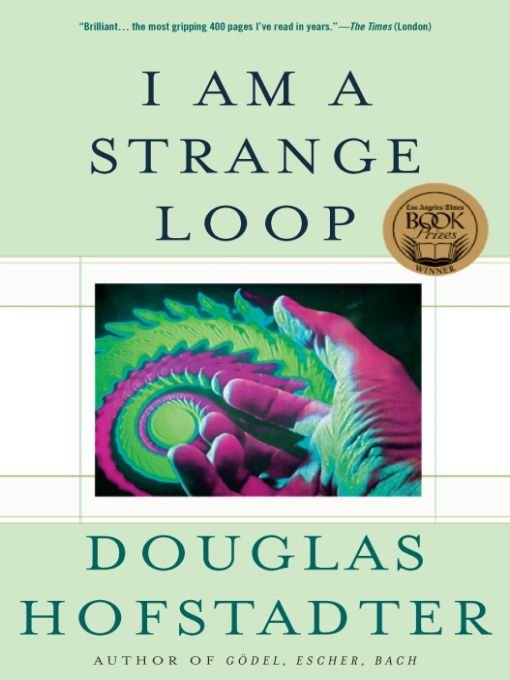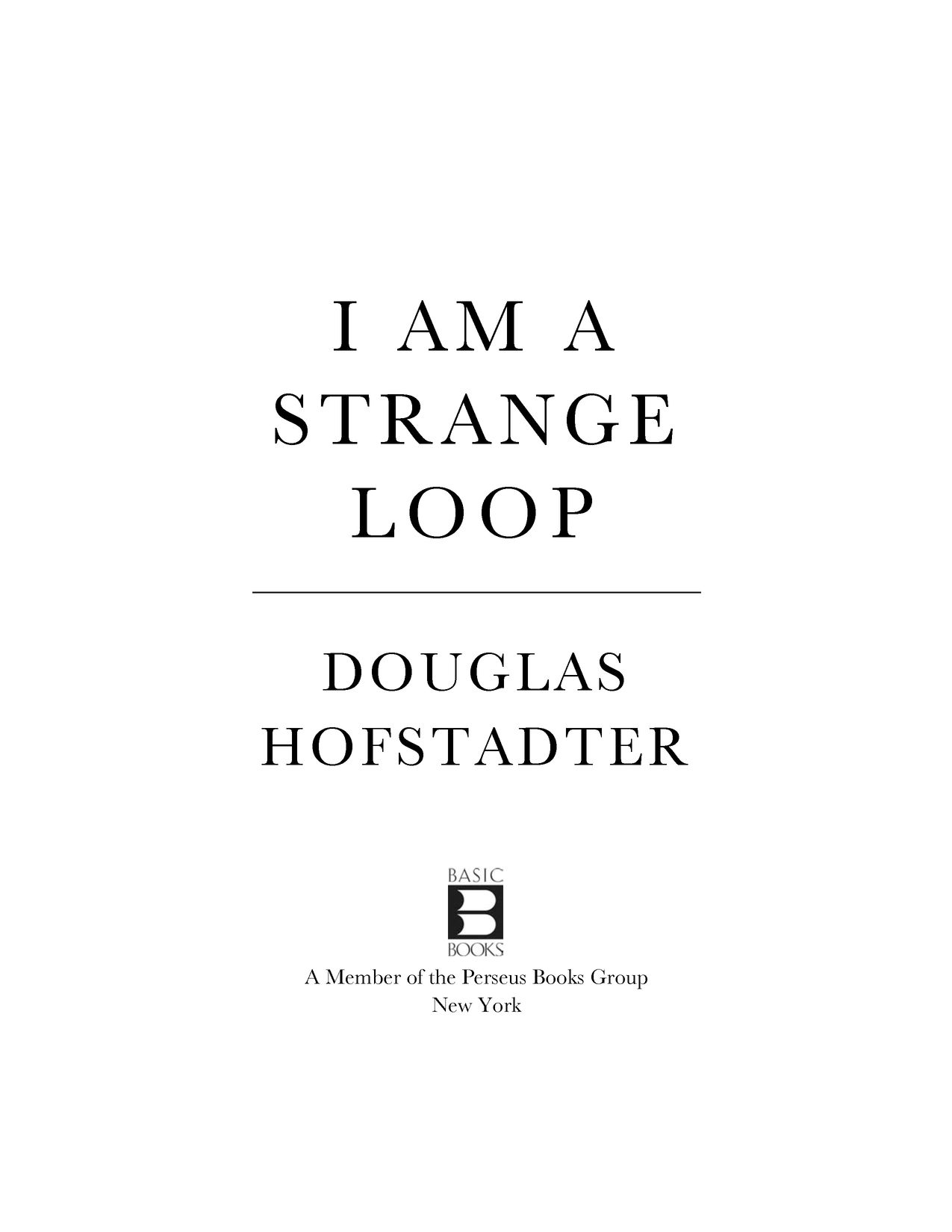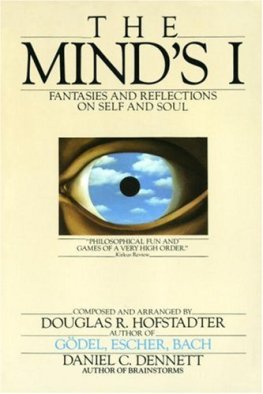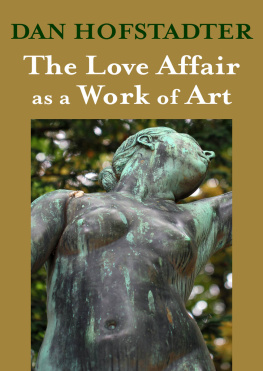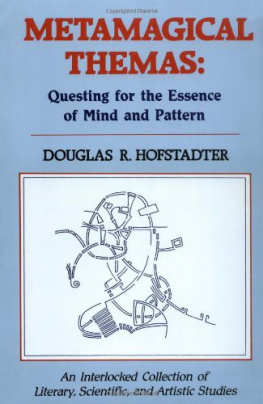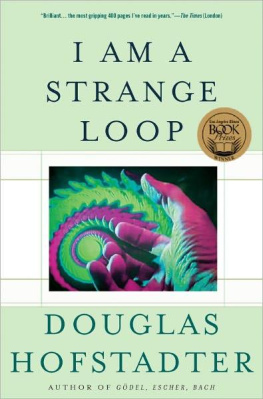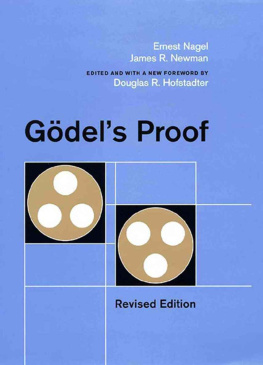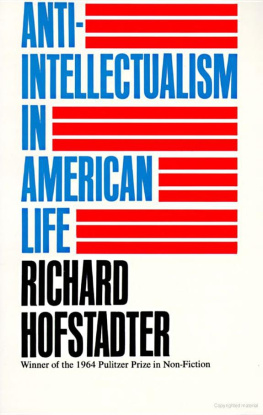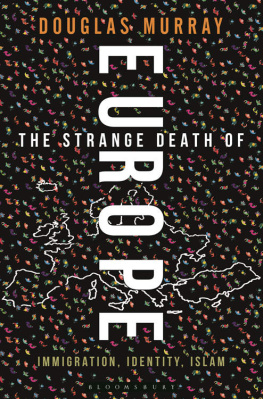Table of Contents
Praise for I Am A Strange Loop
[F]ascinating... original and thought-provoking... [T]here are many pleasures in I Am a Strange Loop.
Wall Street Journal
I Am a Strange Loop scales some lofty conceptual heights, but it remains very personal, and its deeply colored by the facts of Hofstadters later life. In 1993 Hofstadters wife Carol died suddenly of a brain tumor at only 42, leaving him with two young children to care for... I Am a Strange Loop is a work of rigorous thinking.
Time
Almost thirty years after the publication of his well-loved Gdel, Escher, Bach, Hofstadter revisits some of the same themes. The purpose of the new book is to make inroads into the nexus of self, self-awareness and consciousness by examining self-referential structures in areas as diverse as art and mathematics. Hofstadter is the man for the job. His treatment of issues is approachable and personal, you might even say subj ective. His discussion is never overtechnical and his prose never over-bearing. He stays close to the surface of real life at all times, even as he discusses matters of the highest level of abstraction, and his book is full of fresh and rich real-life examples that give texture and authenticity to the discussion.
Times Literary Supplement, London
[P]leasant and intriguing... Hofstadter is a supremely skillful master of an educational alchemy that can, at the turn of the page, transform the most abstract and complex of thoughts into a digestible idea that is both fun and interesting... Hofstadters good humor and easygoing style make it a real pleasure to read from start to finish.
Times Higher Education Supplement, London
I Am a Strange Loop contains many profound and unique insights on the question of who we are. In addition, it is a delightful read.
Physics Today
I Am a Strange Loop is vintage Hofstadter: earnest, deep, overflowing with ideas, building its argument into the experience of reading it for if our souls can incorporate those of others, then I Am a Strange Loop can transmit Hofstadters into ours. And indeed, it is impossible to come away from this book without having introduced elements of his point of view into our own. It may not make us kinder or more compassionate, but we will never look at the world, inside or out, in the same way again.
Los Angeles Times Book Review
Nearly thirty years after his best-selling book Gdel, Escher, Bach, cognitive scientist and polymath Douglas Hofstadter has returned to his extraordinary theory of self.
New Scientist
I Am a Strange Loop is thoughtful, amusing and infectiously enthusiastic.
Bloomberg News
[P]rovocative and heroically humane... its impossible not to experience this book as a tender, remarkably personal and poignant effort to understand the death of his wife from cancer in 1993 and to grasp how consciousness mediates our otherwise ineffable relationships. In the end, Hofstadters view is deeply philosophical rather than scientific. Its hopeful and romantic as well, as his model allows one consciousness to create and maintain within itself true representations of the essence of another.
Publishers Weekly Starred Review
[Hofstadters] new book, as brilliant and provocative as earlier ones, is a colorful mix of speculations with passages of autobiography.
Martin Gardner in Notices of the American Mathematical Society
Why am I inside this body and not in a different one? This is among the most irresistible and fascinating questions humanity has ever asked, according to Douglas Hofstadter. His latest book I Am a Strange Loop asks many more challenging questions: Are our thoughts made of molecules? Could a machine be confused? Could a machine know it was confused? until it ties you in loops. If you enjoy such brain-bending questions and are willing to struggle with some deep mathematical ideas along the way, then youll certainly enjoy this book... (I)f this book works its magic on you, you will no longer want to ask why am I inside this body and not a different one? because youll know what it means to be just a strange loop.
BBC Focus
Hofstadter introduces new ideas about the self-referential structure of consciousness and offers a multifaceted examination of what an I is. He conveys abstract, complicated ideas in a relaxed, conversational manner and uses many first-person stories and personal examples as well as two Platonic dialogs. Though Hofstadter admits he writes for the general educated public, he also hopes to reach professional philosophers interested in the epistemological implications of selfhood.
Library Journal
Hofstadter explains the dynamics of [the] reflective self in refreshingly lucid language, enlivened with personal anecdotes that translate arcane formulas into the wagging tail on a golden retriever or the smile on Hopalong Cassidy. Nonspecialists are thus able to assess the divide between human and animal minds, and even to plumb the mental links binding the living to the dead... [E] ven skeptics will appreciate the way he forces us to think deeper thoughts about thought.
Booklist Starred Review
To my sister Laura,
who can understand,
and to our sister Molly,
who cannot.
A note from the Publisher
Doug Hofstadter, who over the years has been a friend to Basic Books in so many ways, has kindly lent us this page to remember a late colleague. We gratefully dedicate this book
To Liz Maguire
19582006
who lives on in all of us.
WORDS OF THANKS
SINCE my teen-age years, I have been fascinated by what the mind is and does, and have pondered such riddles for many decades. Some of my conclusions have come from personal experiences and private musings, but of course I have been profoundly marked by the ideas of many other people, stretching way back to elementary school, if not earlier.
Among the well-known authors who have most influenced my thinking on the interwoven topics of minds, brains, patterns, symbols, self-reference, and consciousness are, in some vague semblance of chronological order: Ernest Nagel, James R. Newman, Kurt Gdel, Martin Gardner, Raymond Smullyan, John Pfeiffer, Wilder Penfield, Patrick Suppes, David Hamburg, Albert Hastorf, M. C. Escher, Howard DeLong, Richard C. Jeffrey, Ray Hyman, Karen Horney, Mikhail Bongard, Alan Turing, Gregory Chaitin, Stanislaw Ulam, Leslie A. Hart, Roger Sperry, Jacques Monod, Raj Reddy, Victor Lesser, Marvin Minsky, Margaret Boden, Terry Winograd, Donald Norman, Eliot Hearst, Daniel Dennett, Stanislaw Lem, Richard Dawkins, Allen Wheelis, John Holland, Robert Axelrod, Gilles Fauconnier, Paolo Bozzi, Giuseppe Longo, Valentino Braitenberg, Derek Parfit, Daniel Kahneman, Anne Treisman, Mark Turner, and Jean Aitchison. Books and articles by many of these authors are cited in the bibliography. Over the years, I have come to know quite a few of these individuals, and I count the friendships thus formed among the great joys of my life.

